Despite stylistic shifts Uprising retains the dynamism and sentiment of its predecessor
If you’ve kept up with my work, or glanced at my Twitter, or spent any period of time with me at all, you’ll know two of my passions are robots and monsters. I could wax poetic about how they represent mankind’s innovative spirit or the power of inhumanity in a flawed human world, but I mostly think they’re really cool.
Guillermo del Toro’s Pacific Rim, having as it does both robots and monsters, set my young heart ablaze in 2013 and is still one of my favourite films of all time, particularly for how it even made me care about the relationships between the human characters in a film about robots fighting monsters. It was such a neat, focused story with such a satisfying end that I was content to have the movie on its own without any additional media. So, when a sequel, Pacific Rim Uprising, was announced, I went into it without any real expectations beyond, “John Boyega in a Pacific Rim film? Yes please.” I was taken on an unexpectedly engaging ride.
Uprising takes place 10 years after the events of the first film, and follows Jake Pentecost (John Boyega), son of hero and Jaeger pilot Stacker Pentecost, as he trains new Jaeger pilots and navigates his own identity in a world that no longer makes sense. The apocalypse may have been cancelled, but stories never end happily ever after, and Uprising shows another side to the conflict that defines this universe – of the scars left by war, of the heavy shadows of legacy left by the dead. This is a world that is hurting, with lives shattered by conflict in ways that can’t be fixed with giant robots.
Uprising deconstructs the principle guiding messages of Pacific Rim, but in doing so also makes sure to construct new ones – it asks questions, but also provides answers. It calls into question the sentiments of the first film, but makes them stronger in the process. Yes, Uprisingmaintains that unity is important, but it’s not seamless. Sometimes it can be hard and painful and ugly. People don’t fit together easily, and our lives are tapestries of hurt and trauma. But together, these tapestries can be woven together into something that is perfect through its imperfections. “We have chosen not only to believe in ourselves, but in each other,” Stacker says at the climax of Pacific Rim, and Uprisingshows the strength of his convictions by pushing them to the limit.
Much like its predecessor, Uprising is as much about the relationship between people as it is about robots and monsters, and this film brings with it some interesting new dynamics. Jake Pentecost is a charming scoundrel, and John Boyega brings a lot of emotion and conviction to the role as well as some impeccable comedic chops. His co-stars and fellow pilots, Nate Lambert (Scott Eastwood) and Amara Namani (Cailee Spaeny) have really fun dynamics with Jake, emphasising the messages of unity through their confrontations as well as their cooperation.
It’s not all new blood, though. Rinko Kikuchi makes an appearance as pilot Mako Mori to pass the protagonist baton to Jake, while fan-favourite scientists Newt Geiszler (Charlie Day) and Hermann Gottlieb (Burn Gorman) bring back their great dynamic in this film with some interesting shifts.
One place where the differences between Uprising and Pacific Rim are most apparent is through the visual language. Where Guillermo del Toro’s version of this world was drenched in darkness and rain, with heavy mechanical movements and shadowy shapes in the dim distance, Uprising seems to draw more from kaiju films of old and Japanese sentai, with a heavily saturated palette and brighter, more kinetic action. There’s less gravitas here, but it works well for the story being told – gravitas is something for the old world, and the new world doesn’t try to live up to those aesthetic ideals. It owns its vibrant look as confidently as Pacific Rim’s world owned the grit and grime, and makes for some truly spectacular displays and a visual language that manages to set itself apart from the blue-and-orange tedium of a lot of similar films.
One thing I will say is I wish the Jaeger designs in Uprising had been as inhuman and diverse as those in Pacific Rim. It makes sense from a world-building perspective that newer robots would be sleeker and more humanoid, but a part of me really missed memorable design choices like Cherno Alpha’s massive reactor hat or Crimson Typhoon’s crablike aesthetic (Legendary, if you’re hiring, I know a whole lot about character design and robots). Uprising’s Jaegers do get more screen time however, and the monster designs are infinitely more interesting, as much as I loved the kaiju from the first film. Clearly, the aliens decided to step up their game over the 10 years.
Pacific Rim Uprising sits on the shoulders of giants, but doesn’t get too comfortable up there, taking the foundations laid by del Toro’s epic to tell new and exciting stories. It’s perhaps not as focused as the first film, and the stylistic shifts have evidently not been universally well-received, but I got the impression that the Uprising crew had ambitions far beyond a forgettable action flick.
There’s a lot of love for the world of Pacific Rim on show in Uprising, and a lot of sincerity that helps fill in any gaps in the narrative. There’s reverence for what came before, but this reverence also manifests in the way Uprising tries its utmost best not to tread on the toes of the original, allowing both films to exist as unique entities as well as parts of an evolving universe.
Does it top its predecessor? No, but I don’t think it needs to. Did it make me want to go back into the cinema and watch it again? Absolutely.
With thanks to Empire Cinema in Walthamstow
Photo Credit: Pacific Rim Uprising / Universal Pictures
